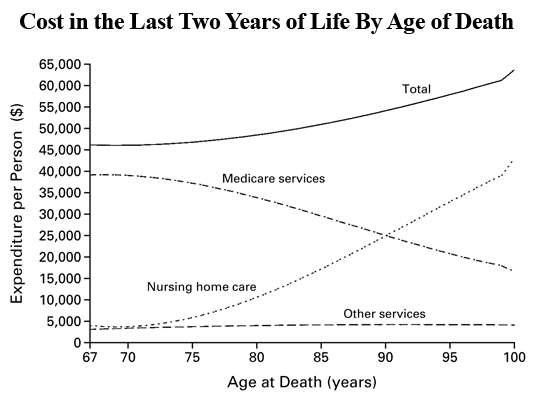As the “Super Committee” faces mounting pressure to rein in Medicare spending, two sides seem to be squaring off. The don’t-touch-a-thing-other-than-squeezing-provider-fees position seems to appeal to mainly Democrats, while eat-your-spinach reforms, including more cost sharing and higher premiums, seem to appeal mainly to Republicans. Neither position is very appealing to voters, however, nor should they be.
Is there a third way? Is there a way to get the job done and appeal to voters — young and old — at the same time? We think there is. Tom Saving and I suggested a different approach in a recent post at the Health Affairs blog.
To see how it might work, we first have to understand that what Medicare is currently trying to do is virtually impossible. Consider that Medicare has a list of about 7,500 separate tasks that it pays physicians to perform. For each task there is a price that varies by location and other factors. Of the 800,000 practicing physicians in this country, not all are in Medicare and no doctor will be a candidate to perform every task on Medicare’s list.
Still, Medicare is potentially setting about 6 billion prices at any one time all over the United States of America, as well as in Guam, Puerto Rico, the Mariana Islands, American Samoa and the Virgin Islands.
Each price Medicare pays is tied to a patient with a condition. And of the 7,500 things doctors could possibly do to treat a condition, Medicare has to be just as diligent in not paying for inappropriate care as it is paying for procedures that should be done. Medicare isn’t just setting prices. It is regulating whole transactions.
Let’s say that the 50 million or so Medicare enrollees average about 10 doctor visits per year and let’s conservatively assume that each visit gives rise to only one procedure. Then considering all of the ways a procedure can be correctly and incorrectly coded, Medicare is regulating 3 quadrillion potential transactions over the course of a year! (A quadrillion is a 1 followed by 15 zeroes.)
Is there any chance that Medicare can make the right decisions for all these transactions? Not likely.
Read More » »


